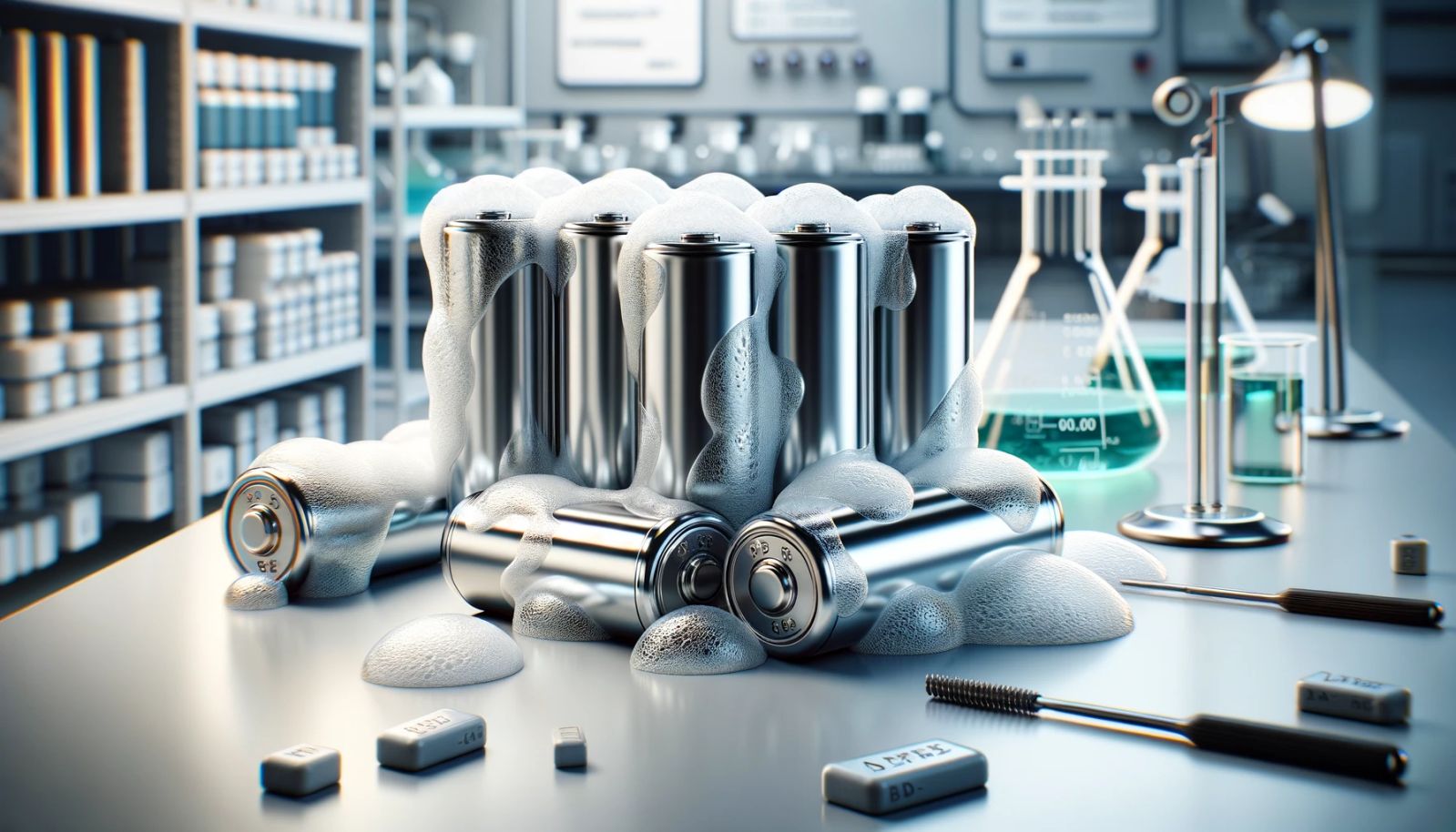This new soap-based battery is far more efficient... and clean
Follow us on Google News (click on ☆)

When washing hands with soap, structures called micelles form, capturing and eliminating grease, dirt, and germs. Soap acts as a bridge between water and impurities, encapsulating them within these micelles. Surprisingly, a similar dynamic was observed in the localized high-concentration electrolytes, which are essential for the development of more sustainable lithium-metal batteries.
Professor Yue Qi from Brown's School of Engineering explains that the goal is to enhance the energy density of batteries, meaning the amount of energy stored per cycle and the battery's lifespan. The challenge is to substitute traditional battery materials with more efficient alternatives, allowing, for instance, a phone to run for a week or an electric vehicle to travel up to 500 miles (approx. 800 kilometers).
The localized high-concentration electrolytes, designed by scientists at the Idaho National Laboratory and the Pacific Northwest National Laboratory, represent a solution to this challenge. They are created by mixing high concentrations of salt in a solvent with a diluent, improving the fluidity of the electrolyte and, consequently, the power of the battery.
Until now, laboratory tests of this electrolyte have shown promising results, but a complete understanding remained elusive. This new study provides a unified theory explaining why this electrolyte is more effective. Researchers, including Bin Li, a senior scientist at the Oak Ridge National Laboratory, discovered that structures similar to micelles form within this electrolyte, playing a role akin to that of soap, where the solvent binds the diluent and the salt, surrounding the high-concentration salt at the center of the micelle.
This understanding allows for determining the optimal ratios and concentrations for ideal reactions in batteries. It helps solve one of the main problems in engineering this electrolyte, namely, finding the right balance between the three components. This work provides guidelines for making not only functional but also more efficient localized high-concentration electrolytes.
Researchers at the Idaho National Laboratory have put this theory into practice, confirming so far its validity and usefulness in extending the life of lithium-metal batteries. They are excited to discover the designs of localized high-concentration electrolytes that will emerge from their work, although significant progress has yet to be made to overcome the bottleneck in electrolyte design for high-density batteries.
Qi emphasizes that while the micelle concept is new in the field of electrolytes, it is quite common in everyday life. Now they have a theory and guidelines for achieving the desired interactions between salt, solvent, and diluent in the electrolyte, as well as the necessary concentrations and mixing method.